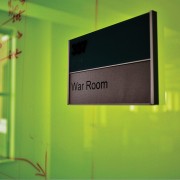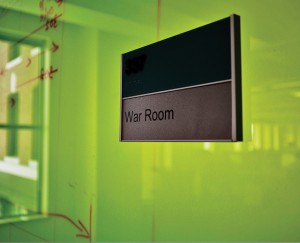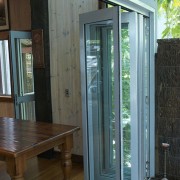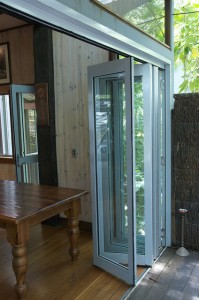Glass as a wall covering
As a laminate, glass offers a number of options. First, it offers a premium appearance, but it’s comparatively inexpensive. It can be purchased locally and trimmed to fit virtually any layout. Glass can also be painted with a specially formulated paint that’s specially designed to bond with the glass surface.
Backpainting the glass and laminating it to the wall can give a space an elegant appearance that’s exceptionally easy to maintain. Although glass can be heavy, it can also be purchased in relatively thin sheets, and a thin sheet of glass can deliver the same visual benefits as a thicker panel. Over large surfaces, it’s still very possible to use thin glass and achieve a great effect without adding excessive weight to a space or making the glass panels difficult to handle.
Backpainted glass can also be used in demanding areas, like a kitchen or bathroom. Because Glassprimer™ glass paint makes a permanent bond with the glass, it stands up to high heat and humidity. It won’t delaminate. That means your glass laminates will look good year after year.
Glass can be mounted securely to a wall or other surface using neutral-cure silicone adhesive. The Glassprimer™ glass paint will hide the adhesive, so it won’t be visible from the exposed side of the glass. In addition, silicone adhesive has enough strength to keep the glass bonded securely to the surface until you’re ready to remove it.
Glass is also an environmentally friendly material, and doesn’t leach noxious chemicals or by-products, like some synthesized products can.
Glassprimer™ glass paint is a specialized glass coating that bonds permanently to glass surfaces. GlassPrimer also makes a glass surface molecular activator that is designed to work with UV-inkjet glass printing processes. Glassprimer™ glass paint can be used in both interior and exterior applications and can help reduce solar heat gain in some applications. For more information about Glassprimer™ glass paint, please visit the rest of our site. If you’d like to purchase Glassprimer™ glass paint, please visit our online store .
Photo Credit: Phil Manker , via Flickr.com




